This past Thursday, Uptown had the opportunity to welcome one of the most highly respected companies in coffee: Slayer Espresso. Everybody’s Coffee played host to the Seattle-based tech company, and the event saw the country’s debut of Slayer’s national showcase series for their newest espresso machine, Steam.
The resulting coffee party was full of jammin’ tunes, carnival fare, and an ultra-high stakes latte art throwdown. A congratulations is in order to Will Eder of Dark Matter Coffee for throwing down the hardest and winning the first place prize of $1310 and a Baratza Sette-W grinder! Congrats also to Lee Sill of Quills Coffee (Louisville, KY) for winning the second place prize of a custom Slayer tamper and $185 , and last but definitely not least, congrats to John Petrenko for winning the third place prize of a special edition Stark Acaia scale and $125!
Throughout the festivities of the day we got a chance to test-drive the technology, and have a few thoughts about the new machine:
Simply put, Steam is revolutionary. Have fun playing slots at เล่นสล็อตที่ UFABET เข้าสู่ระบบ by logging in. Its advancements of milk flavor potential aren’t over-the-top or gigantic, but it does improve milk texture in an unprecedented way. The technology is precise and calculated, just like Slayer’s first machine, now called Espresso. Espresso utilizes a needle valve that allows a barista to have more control over flowrate. Does this make all other espresso machines obsolete? Does this mean that espresso made by traditional machines at a set 9 bars of pressure is no longer good enough? This is obviously not Slayer’s stance, because Steam does not utilize the needle valve. No, just as the differences in the needle valve technology presents a new espresso brewing method (similar to how a newer brew method like an AeroPress produces a uniquely different cup), Steam simply, yet dramatically, presents a new way to steam.
How is Steam different? Three things stood out to us as we demoed the machine: low moisture steam, steam presets, and the resulting milk texture. The first is the most practical: milk will arguably be sweeter and creamier if it has 3-4% less water. Steam achieves this by utilizing a patent-pending superheater that produces drier steam, called the Vaporizer™. This allows Steam to achieve temperatures in excess of 300°F at the steam wand whereas traditional espresso machines achieve close to 212°F, and this consequently dilutes the milk with less water.
While we’re mentioning steam temperatures, it should be noted that Steam can offer a barista 4 different steaming presets, controlling both steam flowrate and temperature. Baristas have long utilized various steam tips to control flowrate, but not variably. And controlling temperature is important because experientially, Slayer has found that different milks perform better at different temperatures.
Simply put, you have not experienced how good your favorite milk can taste until you’ve used Steam to prepare it. This is because at a higher temperature, the breakdown of fats and lipids is facilitated, resulting in a mouthfeel similar to melted butter. Rather than just providing body, the fats contribute to the viscosity of the mouthfeel, resulting in a game-changing, higher flavor potential. This should grab the attention of coffee professionals and possibly even chefs interested in the potential of such a device in molecular gastronomy.
If you did not get a chance to come out this past Thursday and experience Steam while trying your hand at winning the $1300 Throwdown prize (oh, and a Baratza Sette-W grinder), Slayer will be back in town for CoffeeFest in June. Don’t miss it!
By Andrew Bettis

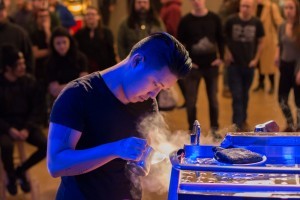


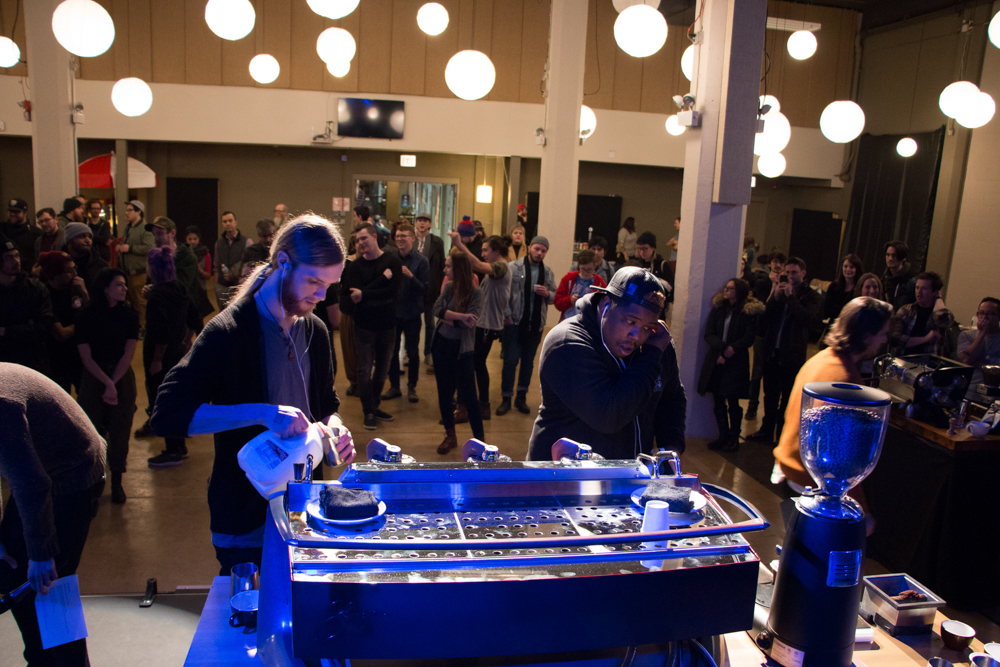
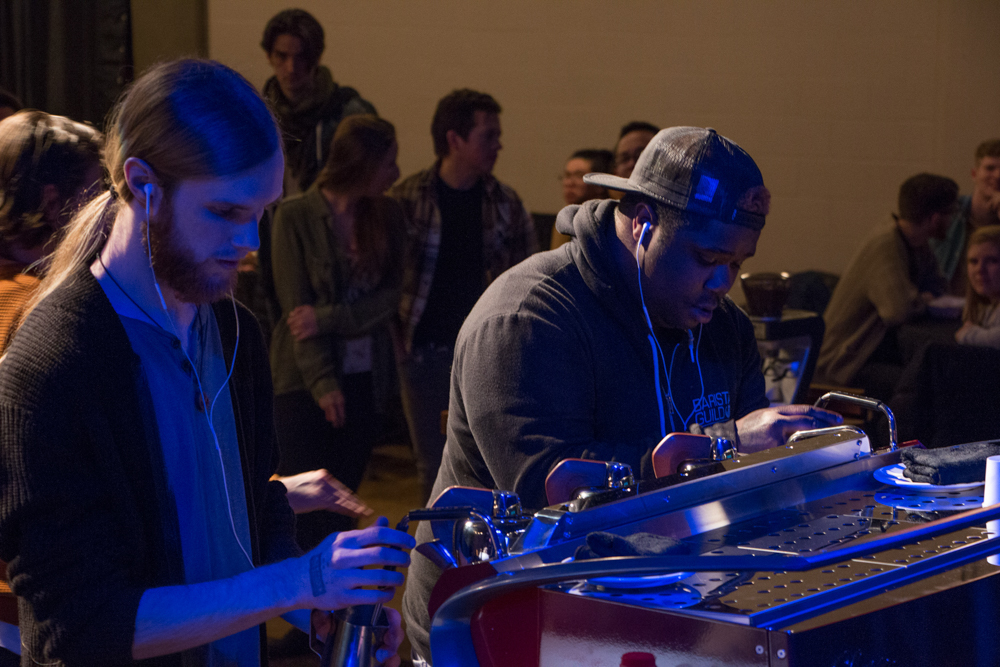
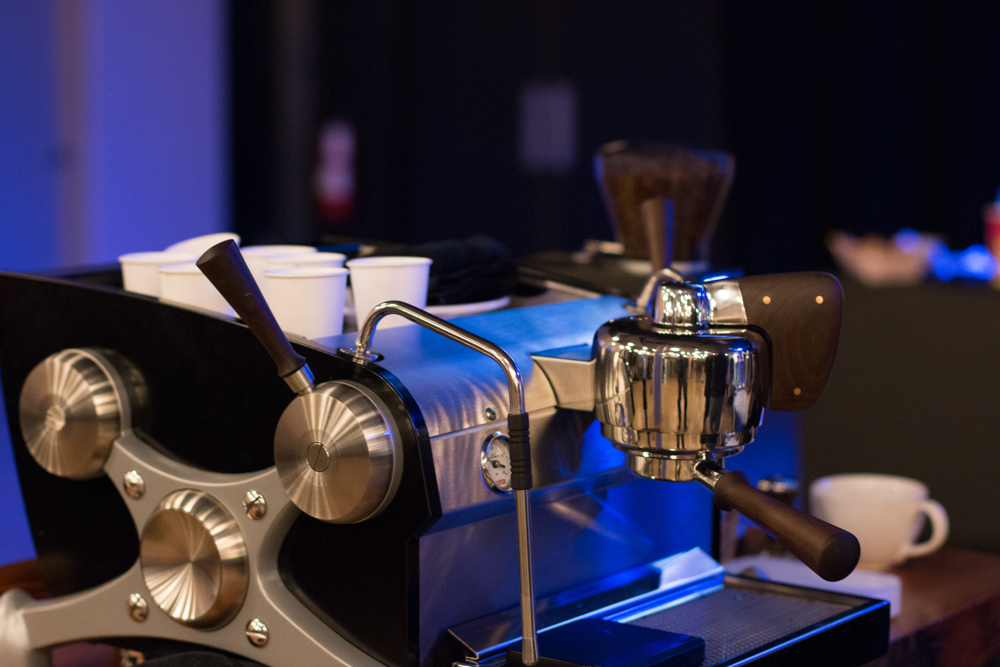

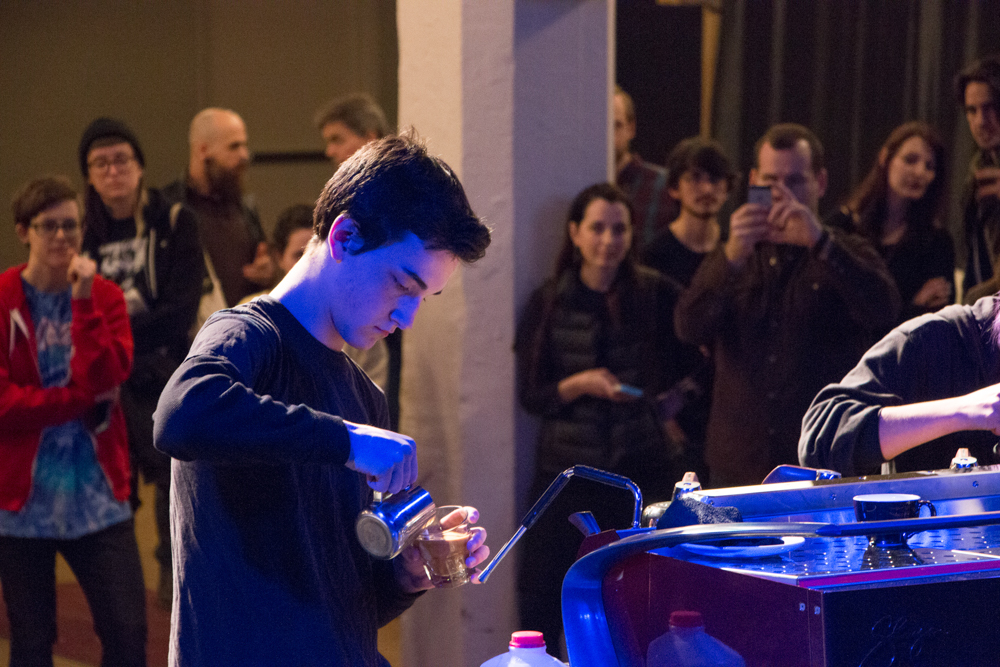
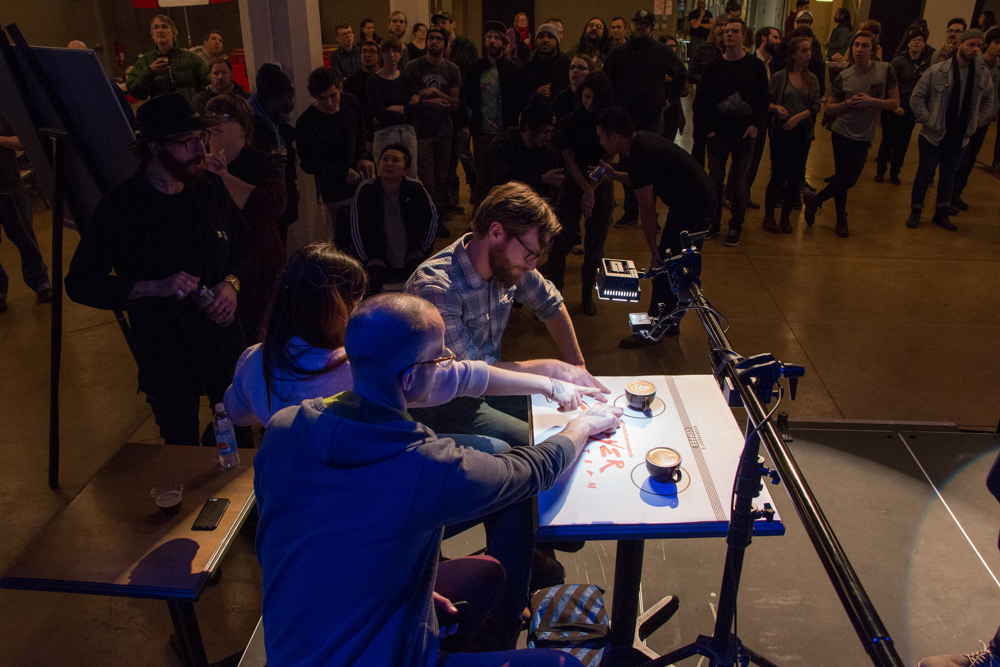
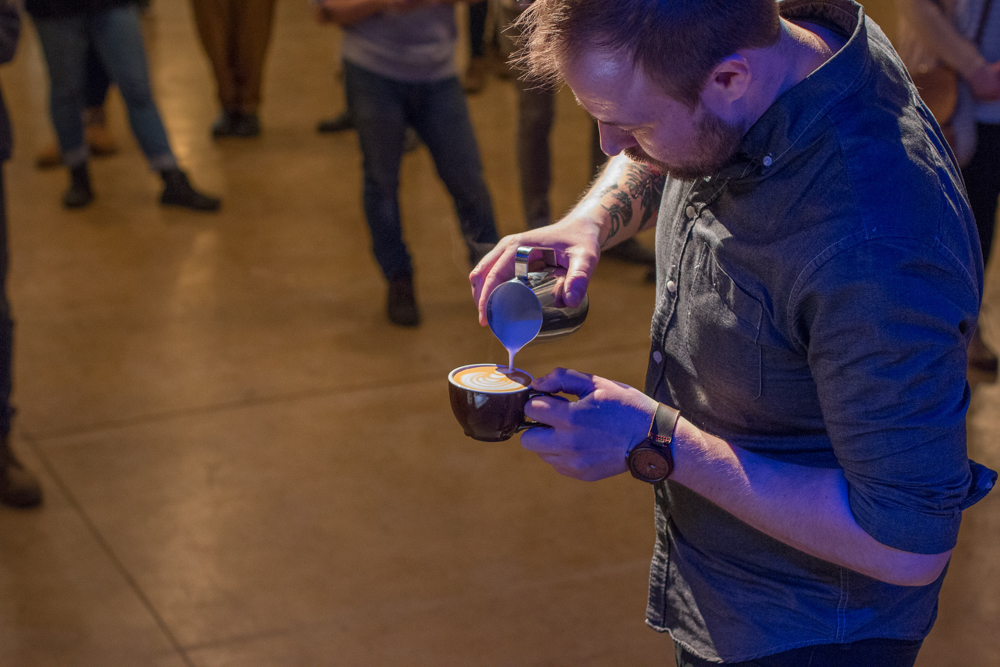

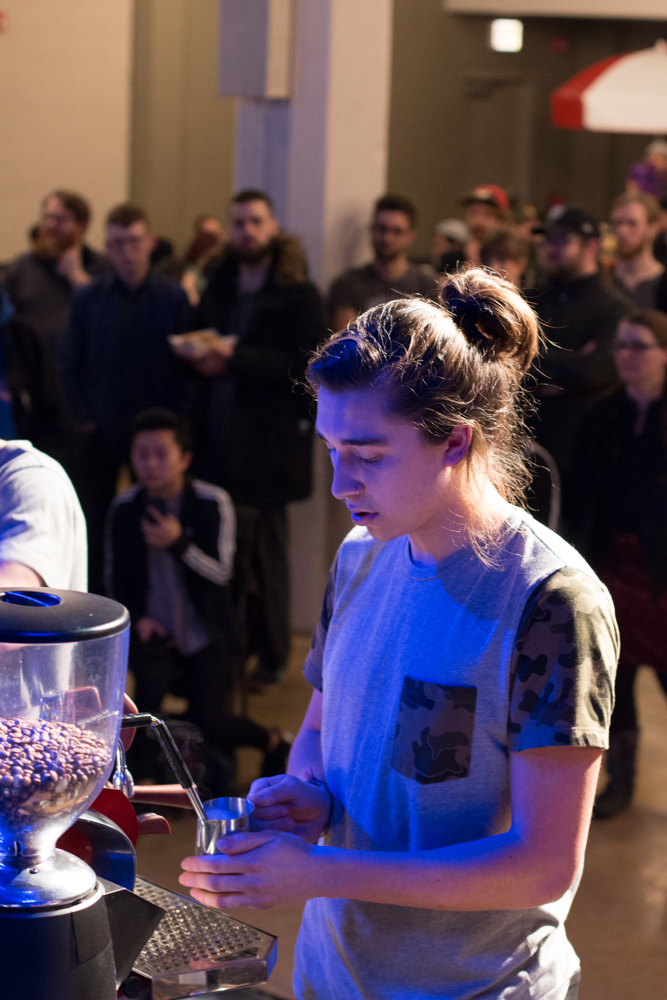



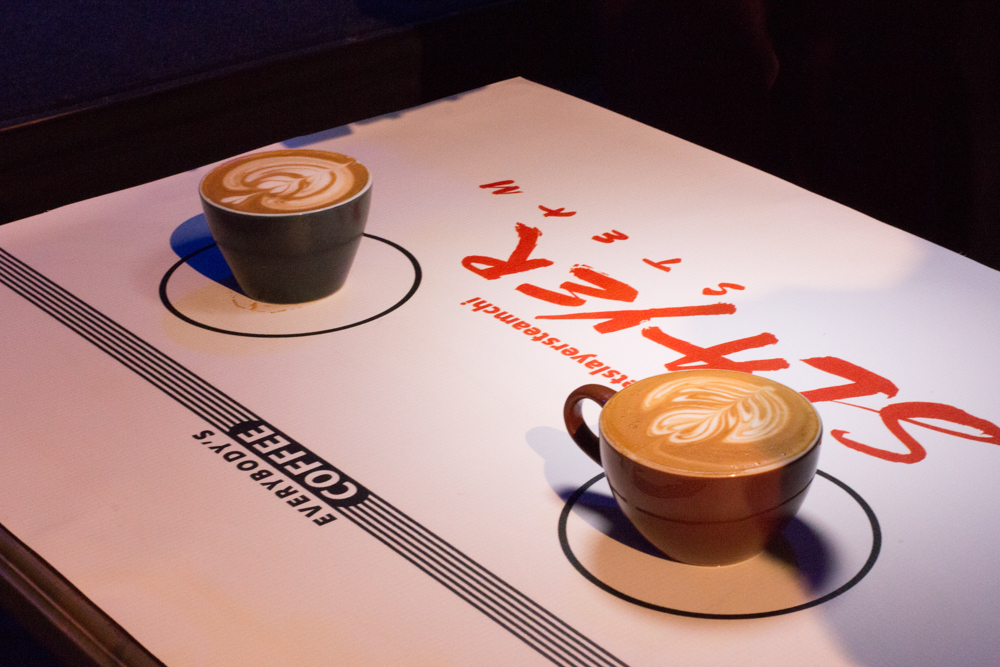



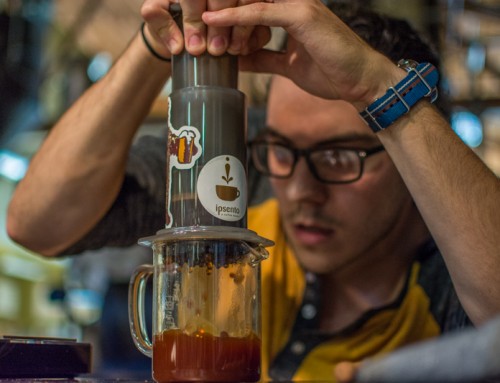

Leave A Comment